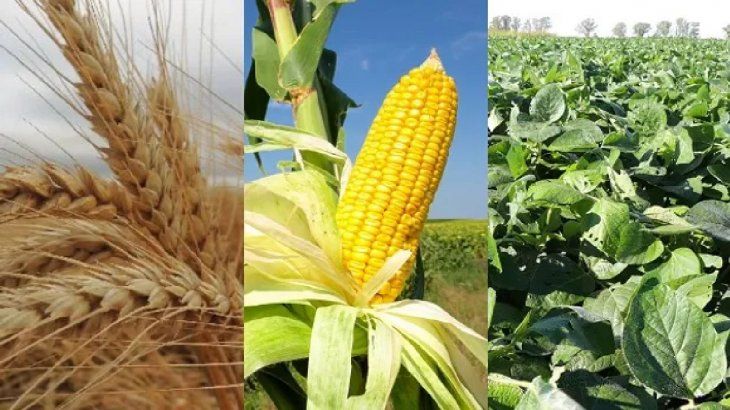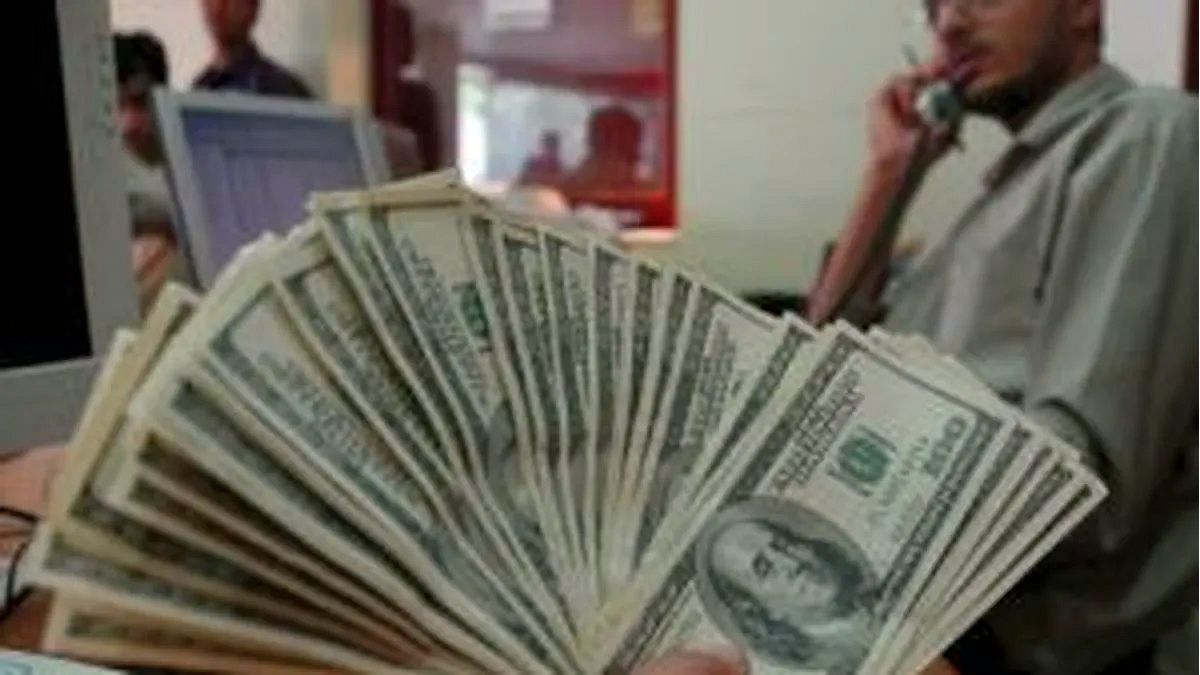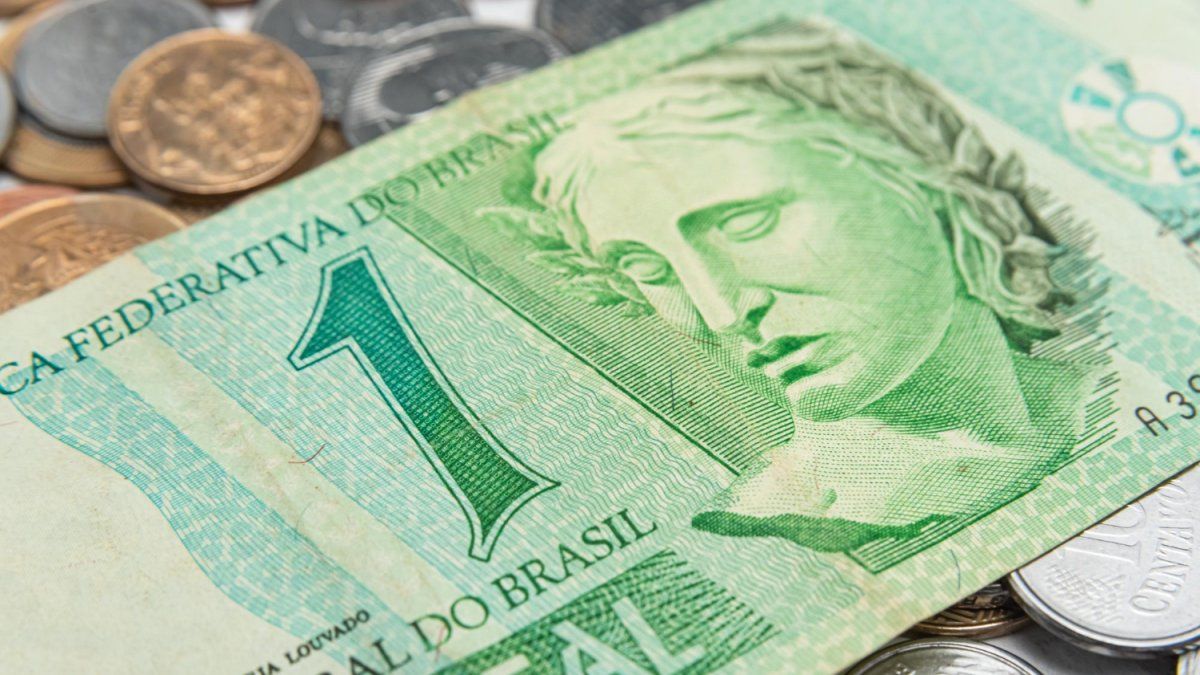How is the balance of dollars coming?
-The balance of goods and services in the last 12 months shows a surplus of US$ 3,972 million, however, interest and capital payments total a US$ 9,335 million deficit, this leaves the balance of dollars in a deficit of US$5,363 million in the last 12 months as of July 31.
What happened to the reserves in the same period of time?
-Reserves as of July 2021 were located at US$ 42,582 million and, as of July 31, 2022, they are located at US$ 38,232 million with a decrease of US$ 4,350 million. In the month of August they continued to fall to levels of US$ 37,000 million.
What happened to the official dollar in a year?
-Taking the last 12 months to July 31, the official dollar increased 35.7% and the blue dollar 73.1%.
Can you explain to me what happened?
-In the last 12 months many things happened that we will explain in two parts, first the balance of dollars and then the balance of pesos.
Let’s start with the balance of dollars?
-In 12 months, US$ 5,363 million left the balance of dollars, which is equivalent to 1% of GDP, while reserves stand at US$ 38,232 million and represent 7.4% of GDP. At this rate, if Argentina does not recover international credit, reserves will fall at a rate of 1% per year, or a higher percentage. This implies that the drainage of reserves would continue.
What about the weight scale?
-The fiscal deficit is 4.1% of GDP, while the stock of debt in pesos of the Treasury, added to the monetary liabilities of the Central Bank, adds up to 41.0% of GDP. This implies that monetary liabilities are equal to 10 times the fiscal deficit. As long as we continue with this fiscal deficit, it is impossible for the total stock of debt to drop, therefore, there are more pesos that are in the system that can impact against the dollars.
Relation reserves versus liabilities in pesos
-For every dollar of the gross reserve that we have, there are liabilities for the equivalent of 5.6 times those dollars. It is a difficult equation to bear.
BCRA Central Bank
Ignatius Petunichi
What are the externalities of these numbers?
-The gap between the official dollar and alternative dollars. Today the official dollar is worth $137.7 and the stock dollar is $288.0, which implies a gap of 109.2%. It is difficult for the economy to function with such a gap.
How is this problem solved?
-It is a difficult problem to solve. We have a twin deficit of $ and US$, this implies that reserves fall and liabilities in pesos rise. This situation will inevitably bring us an increase in the gap as a correlate.
Does Argentina need to have a dollar balance surplus as soon as possible?
-The problem is that the government can’t get dollars to enter through the capital account, nor can exports increase.
Will they offer something to the field?
-The field does not have much to sell. We are in a tremendous drought, there is no moisture to plant corn in many areas of Argentina, the wheat is in a very bad state. The producer, at this time of the year, has already sold 94% of the 2022 wheat harvest, 72% of the corn harvest and 53% of the soybean harvest. He would have left to export 3.3 million tons of corn, 15 million tons of soybeans and 2.9 million tons of wheat. In the best scenario, some US$10.87 billion would enter.
What does the market say?
-We spoke with Mónica Grill, she told us that the situation of the exporters is not the best, they work with a low installed capacity, the river is very low, they do not have a large quantity of merchandise, the government threatens to stop the soybean from Paraguay who entered the country as a temporary admission, a sum of factors that does not allow a positive result.
The Government asked them for US$5,000 million…
-They cannot offer more than US$2,000 million, the negotiation broke down and we do not believe that it will be reopened.
How do you see the grain market?
-The producer saved soybeans, he paid US$10 to bag a ton of soybeans, it is difficult for him to open the silo bag to sell. Soybeans in the available market are worth $53,400, we do not see the producer desperate to sell at this price, the retention continues in our opinion. In the first semester, the producer had the opportunity to sell soybeans at levels of US$260 to US$280 bills. Today, if he sells a ton of soybeans, he buys US $ 186 bills, with this drop the producers do not sell, and if they lack money they borrow it in pesos at rates of 62% per year.
What does a producer need to sell $260 bills?
-Two things, that the stock dollar drops to $205, or that soybeans rise to $74,880, which would be a 40% increase compared to current values. Don’t think about it anymore, the soybean dollar is not the solution.
Corn?
-The problems for the government begin, the available corn is at $33,000, with the expectation of strong increases. A rise in all meats, beef, pork and poultry, is imminent. There is not enough corn to supply the domestic market. Be careful with milk and cheese.
Wheat?
-The amount available is $41,000, we believe that the best thing that anyone who has wheat can do is save it, less than 17 million tons will be harvested, and there are 8.8 million sold for export, the balance will only be available for the domestic market , with tight conditions that will push prices up.
Do you see wheat and corn on the rise?
-Yes, this will create problems for the government that will have to go through a scenario of high inflation, higher than expected.
Field Wheat Corn Soybean.jpg

Courtesy: National Radio
What will the government do with the official dollar?
-If you look at the future of the dollar in September and the future in August, between the two there is a difference of 9.4%. If you look at the difference between the October and September dollar futures, you see a difference of 9.7%, and in the following months the difference between the following months is much lower.
What does it mean?
-The market suspects that the government is entering the definition zone and that between the months of September and November it should make a decision regarding the evolution of the official exchange rate.
Why do you say that?
-You cannot continue with a balance of dollars that is increasingly in deficit. The fiscal deficit does not loosen. The need to finance it with debt in pesos is increasingly high, the stock of debt in the Central Bank continues to grow. At some point you will have to rethink the model. This implies devaluing and putting together a new relative price scheme, to the extent possible with a fiscal surplus and some external credit that helps to swell reserves. If all this does not happen, prepare for a further recession.
Doesn’t politics help?
-Not at all, the governing coalition is a machine for generating uncertainty. In the opposition there is no candidate who stands out, but all are immersed in a shameful internship to come to power. Citizens want them to take charge to stop suffering an inflation that does not stop its march.
Conclusions:
- The balance of dollars becomes more deficient every month, there is no solution for the deficit of the balance of pesos.
- The stock of reserves is very low and the stock of debt in pesos is higher each month, we do not see the possibility that the Ministry of Economy can solve these problems with the restrictions imposed by the policy.
- The world is more inflated and the United States is likely to raise the short-term rate to levels of 4.0% by the end of the year. A negative scenario could cause the rate to end at 4.5% per year, which would lead the United States to a scenario of stagnation with inflation.
- Brazil has presidential elections on October 2 and, if there is a second round, it will be at the end of October. This will be a source of uncertainty for the entire region.
- On the September agenda on Wednesday the 14th we will know the consumer price index in Argentina, while on the 22nd the decision of the Federal Reserve on interest rates will be known: the rate could go from 2.5% to 3.25% annual.
- The 10-year rate today stands at 3.11% per year, it should not be ruled out that it will be around 3.5% per year. By the end of the year, this rate could be above 4.0% per year.
- We have a negative external context, drought, negative balance of dollars, fiscal deficit, high indebtedness in pesos and low reserves in dollars. As if that were not enough, the political context is not the best for the economic scenario.
Source: Ambito




